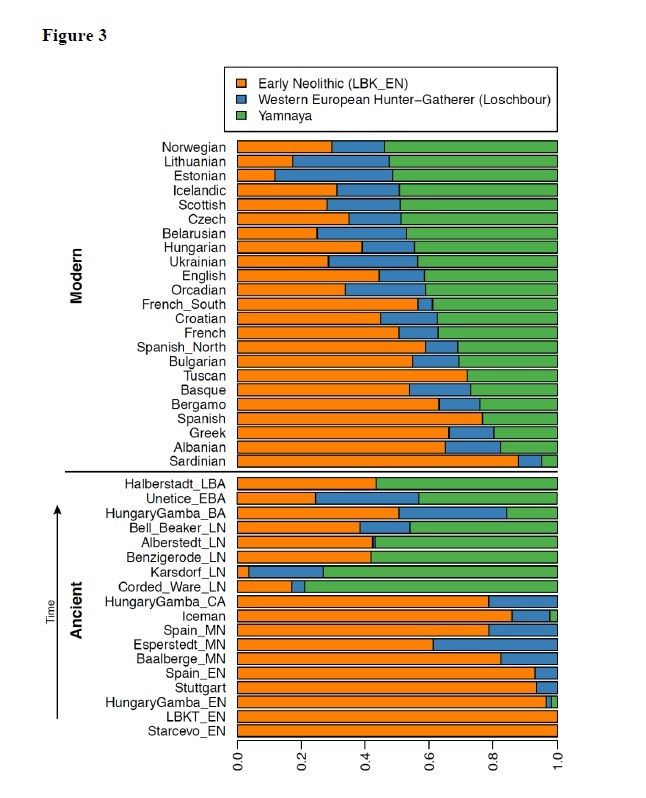Ike
Regular Member
- Messages
- 1,128
- Reaction score
- 93
- Points
- 0
Damn, dude. You talk about Albanians and don't know who is Gustav Meyer?!I don't know who Gustav Meyer is,
Agree. He was a pioneer from 19th century. I would like to see more detailed recent statistics.but 5,000 words is hardly a sample,
Math part is perfect. I agree that specimen was not representative.and Ike's math is wrong.
Yes, that could be about true.The Romance % in Albanian is about 40%.
All research point out more Slavic than you say.Slavic and Turkish words only comprise about 2,000 words each out of a total of 60,000.
As said, Turkish words entered vocabulary from 15-18th century, so probably plain social interaction. Around 2000 sounds like a reasonable number for Turkish.Turkish words are exclusively social vocabulary (social positions, cuss words) and miscellaneous household terminology like cooking.
All sound logical.Slavic terms are more related to lowland farming. I'm not sure about Greek, but I do know that Ancient Greek words are very scarce, and only modern ones appear. Direct Germanic borrowings are only a small select few due to Gothic raids, but otherwise non-existent. The pre-IE substratum is fairly small compared to Greek. Since we lack a relative of Albanian, it is more difficult to use comparative linguistics and close the gap to PIE.
At least 30-50% of the words in Albanian are non-Latin, non-Greek, non-Slavic, PIE-derived.Overall, the Albanian language was spoken north of the Jirecek line, which accounts for the high borrowings from Latin, and low from Greek. The lack of maritime vocabulary coincides with the fact that the Albanian coastline was dominated until 1400 AD by Latin, Venetian and Greek colonists, and Albanians were tribal, mountainous tribes, living on the central and eastern fringes of the country, which coincides with the location of the Illyrian tribe of Albanoi.
Yes, north of Jiricek line, but according to Georgiev, Latin loanwords into Albanian show East Balkan Latin (Proto-Romanian) phonetics, rather than West Balkan (Dalmatian) phonetics. That;s why the proposed homeland of Albanians is Romania and Carpates. Since the complexity of the vocabulaty is great, there is a posibility that Albanians had incorporated some other "indigenous" Balkan lanaguge when the settled here. Vlachs would be the first on my mind, but their origin is obscure just as same.









